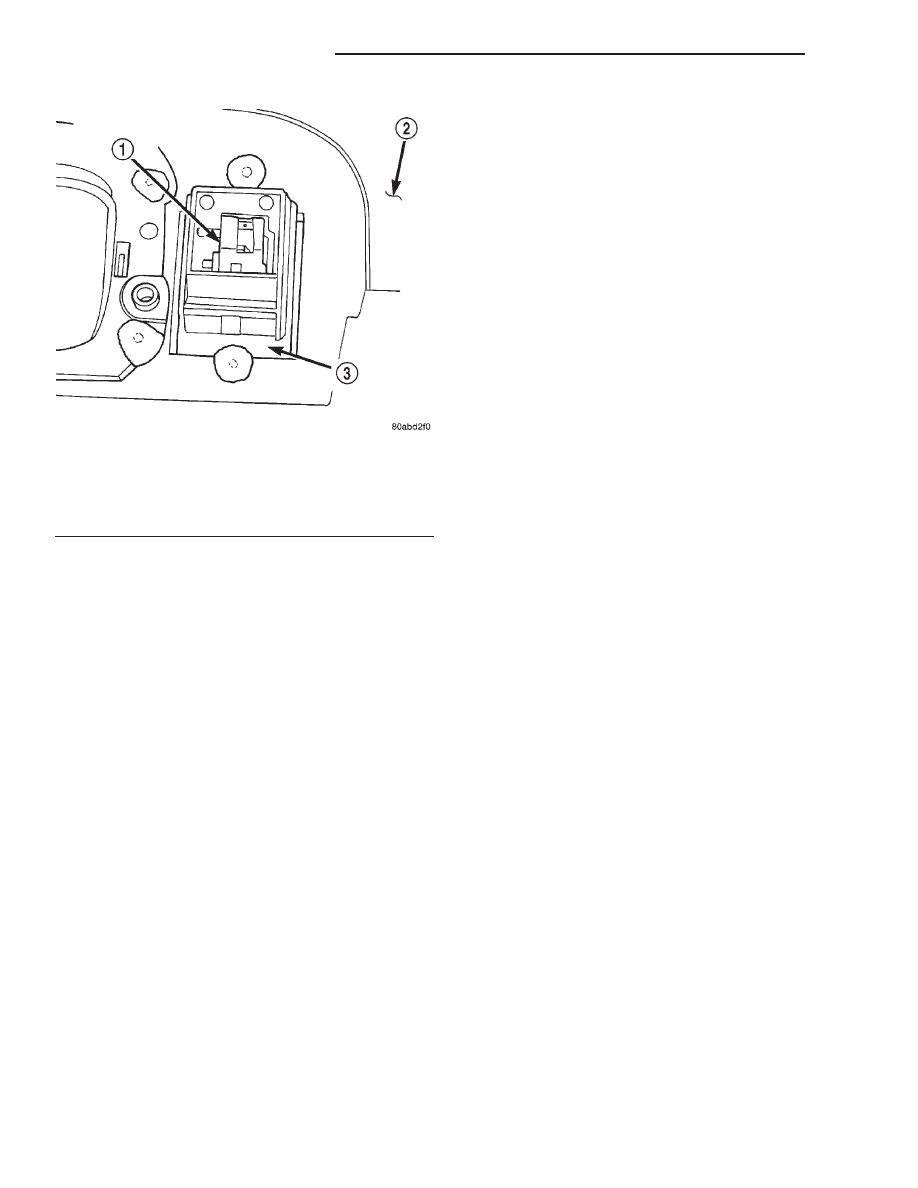Jeep XJ. Manual - part 149

POWER WINDOW MOTOR
FRONT DOOR
The front door power window motor and mecha-
nism is integral to the front door power window reg-
ulator unit. If the front door power window motor or
mechanism is faulty or damaged, the entire power
window regulator unit must be replaced. Refer to
Group 23 - Body for the front door window regulator
service procedures.
REAR DOOR
The rear door power window motor and mechanism
is integral to the rear door power window regulator
unit. If the rear door power window motor or mech-
anism is faulty or damaged, the entire power window
regulator unit must be replaced. Refer to Group 23 -
Body for the rear door window regulator service
procedures.
Fig. 7 Rear Door Power Window Switch Remove/
Install
1 – REAR DOOR POWER WINDOW SWITCH
2 – TRIM PANEL
3 – SWITCH RECEPTACLE
8S - 6
POWER WINDOW SYSTEMS
XJ
REMOVAL AND INSTALLATION (Continued)